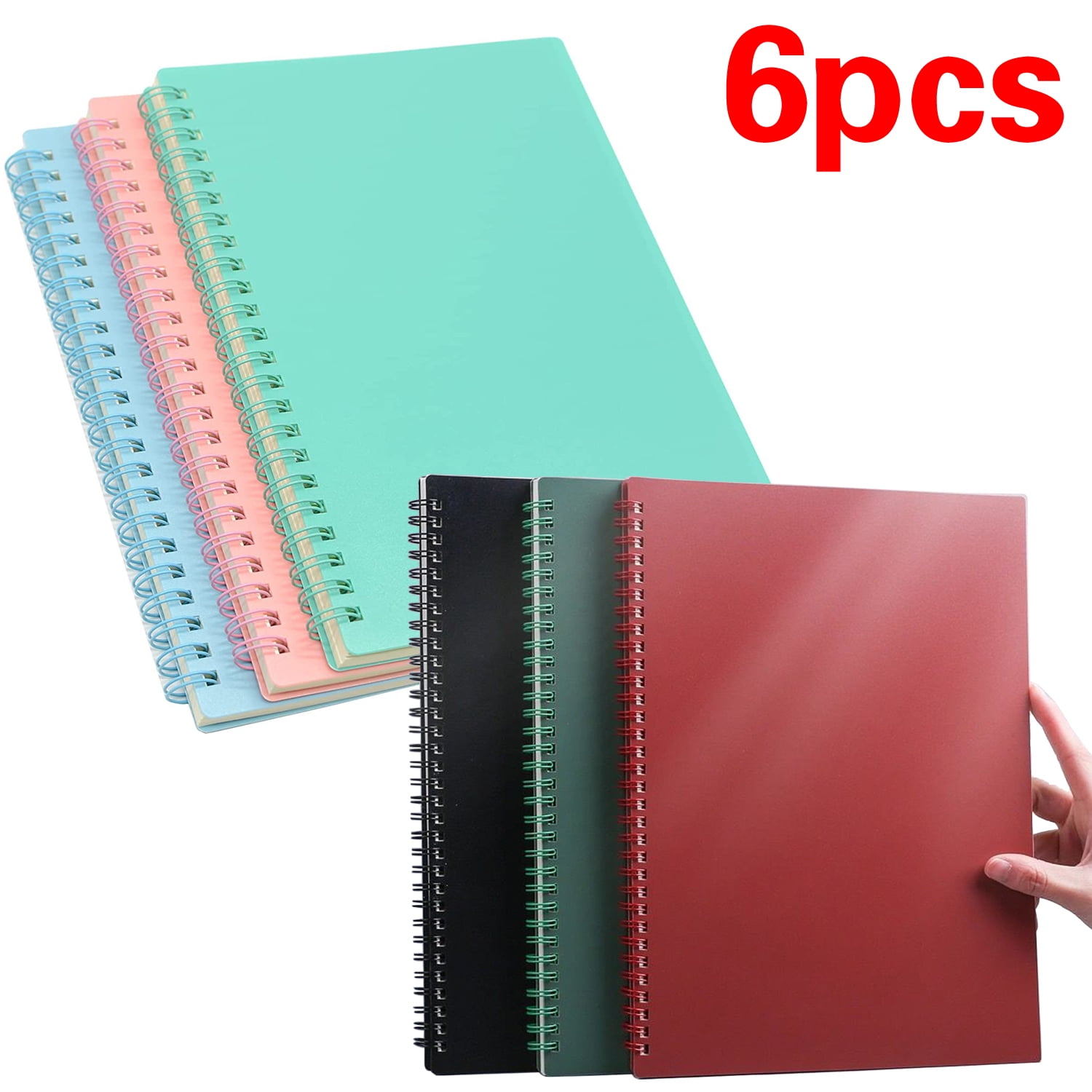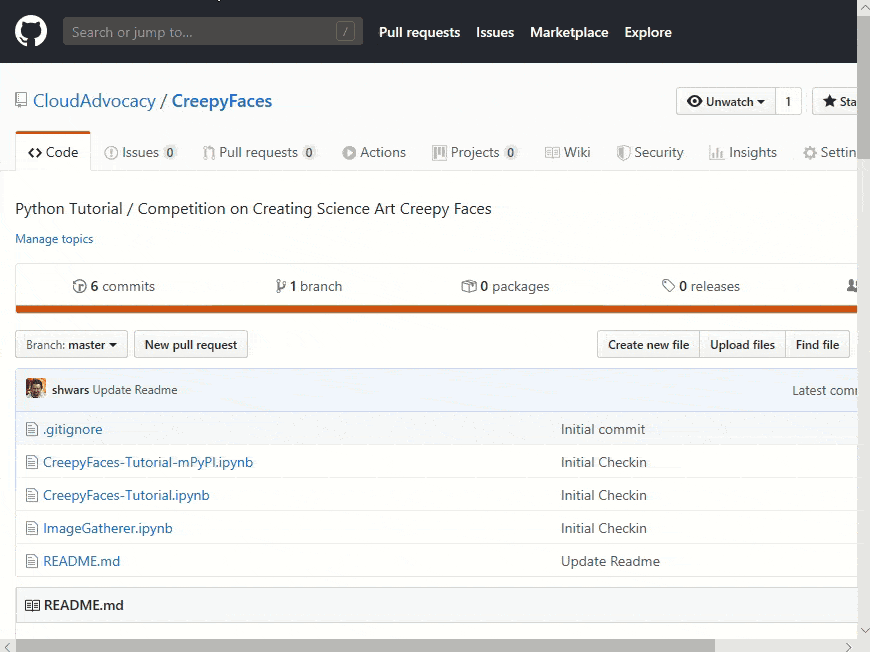
#Azure notebooks how to#
Yet, like in the picture above, you need to know how to use these extra tools and to understand which one is right for the job. However, if you wish to not just extract the data but also manipulate it with libraries available through popular programming tools like Python, C#, R, etc., with a wide range of possibilities to import, enrich, process and visualize datasets, then an environment like Jupyter Notebooks is the right tool. If your analytical requirements are limited to those typical to SIEM platforms that allow query of data, extraction of stats for various fields, building some correlation rules and visualizing reports, then the KQL queries are probably enough, in the same way that if you need to screw in 100 bolts, a power drill is the right tool and you don’t need anything else. Jupyter Notebook with Python/msticpy/Kqlmagic.

Now, in synapse notebook activity, once we a selected a notebook it does not automatically import required parameter list.Click on settings and from Notebook drop down menu, select Notebook (created in previous step above).Create a Synapse pipeline and add an activity of type “Notebook”.Once finish successfully it will return total number of records. Next, lets create a Synapse pipeline where by call a notebook and pass required parameters. #Save Total Number of Records in an INT parameter

# Build ADLS Gen2 Storage Location by passing parameter valuesĭatadf = (path=root, sep = "^",escape = "", quote = "",header= "true", inferSchema= "false") MonthYear = "" #Import MSSPARKUTILS package from notebookutils import mssparkutils
#Azure notebooks code#


Once clicked, select “Toggle parameter cell” option as in diagram below.Create a new notebook, add cells and type in parameter names and set this cell as Parameter Cell by clicking on eclipse as in diagram below.Notebook code then reads records from a CSV file in a Dataframe and return total number of records which I then store to a pipeline variable. These parameters will construct a complete file path to my Azure Data Lake Gen2 Storage Account and Container. I will be calling a Notebook by passing 3 parameters through Synapse Pipelines. In this example, I have a Synapse pipeline with 2 activities i.e. Programming language that I am using in this example is Pyspark. In this blog post, I will be explaining how to pass parameters to Azure Synapse Notebooks and also how to return output from the same.


 0 kommentar(er)
0 kommentar(er)
